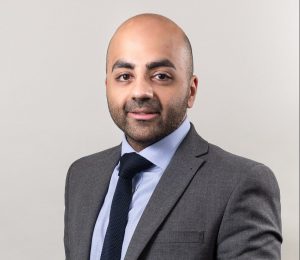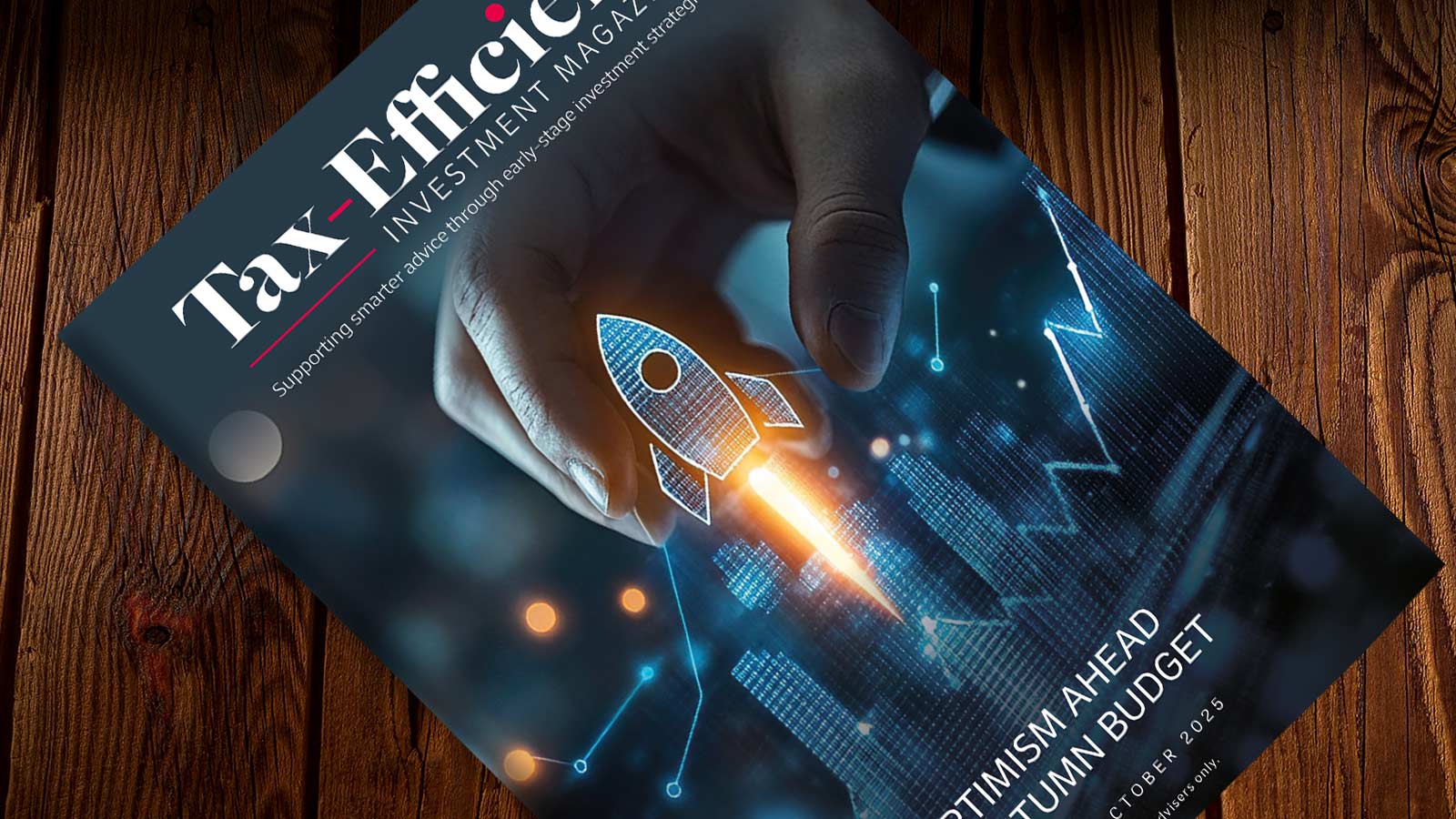The importance of portfolio diversity
So how should advisers incorporate EIS into their client’s portfolio? Considering Sanjeev’s experience as a wealth manager before joining Newable, he is the perfect person to ask.
Sanjeev started by highlighting the necessary barbell approach when considering a client’s portfolio diversity. Sanjeev gave the example of a client with a risk profile of seven, saying “that doesn’t mean you write off EIS as high risk and not incorporate it.”
Instead, Sanjeev suggests that an adviser should flex the amount they allocate, instead of 10% of the portfolio, allocate 5% and, balance this, an adviser could also put 5-10% of the portfolio into a cash/income funds. Sanjeev continued, I think more advisors need to start looking at EIS as part of the whole investment portfolio rather an individual investment products alone. Tying the EIS investment strategy to the wider portfolio.”
Sanjeev continued to suggest that advisers should start first by looking at the investment scale from a risk and reward basis, and bring in the tax benefits as an additional benefit. Sanjeev also stressed the importance of knowing what the underlying investments are in an EIS fund. Both clients and advisers should know what businesses they’re funding.
Asked if the industry needs to do more to tap into a larger investor base, Sanjeev replied, “absolutely 100%. The amount of people who still aren’t clear on how EIS works, both on an adviser level and an investor level, is huge.” Sanjeev added that though adviser engagement in EIS has barely scratched the surface, recently, Newable are getting many more advisers coming directly to them for information.
What would Sanjeev change about EIS?
Asked if there were any changes to the EIS scheme Sanjeev would like to influence he said, “I would look at increasing the amount under SEIS, so more companies could raise a bit more at seed level.” SEIS caps investment into very small, very high risk companies at £100,000 but offers an increased 50% income tax relief and carry back options.
Often this cash is used to get these small companies onto the EIS stage. Sanjeev compared this to the United States. “In America seed stage is still several million pounds.” Sanjeev continued “it’s a different model, but more money would help.”
Sanjeev emphasised he would like to simplify the EIS structure overall, “EIS is not really a fund in the true sense, it’s a pooled investment structure.” The underlying tax relief is based on the actual subscription going into a nominee account, or rather when a clients’ money is deployed into a business within the fund.
Sanjeev continued, this change “would make it a lot easier to understand for advisers, it would make the whole process a lot easier, and it would help fund managers to focus on the underlying investments, rather than all the bits of admin and logistics around that side of things.”
About Sanjeev Gordhan

Sanjeev became Director of the Newable Ventures arm in May 2020. He is responsible for the strategic focus of the fund and angel network as well as its day to day management. Sanjeev started as an entrepreneur before going onto selling his own business, and spent five years as a Wealth Manager specialising in venture capital. He holds a diploma in Regulated Financial Planning and an MBA from CASS Business School.














